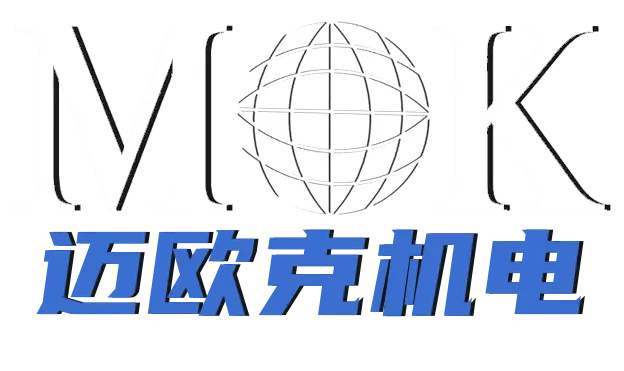When it comes to machining complex and intricate parts, 5-axis machines have significant advantages over traditional 3-axis machines. While 3-axis machines are capable of producing a wide range of shapes and forms, they are limited by the fact that the axis direction of the tool always remains the same during the machining process. This means that certain shapes and features may be difficult or impossible to machine using a 3-axis machine.
In contrast, 5-axis machines are capable of interpolating tool movement in five axes: X, Y, Z, A, and B. This allows the tool to move in a wider range of directions, which makes it possible to machine more complex shapes and features. In addition, 5-axis machines can often achieve higher levels of accuracy and surface finish compared to 3-axis machines.
However, using a 5-axis machine requires careful planning and attention to detail. Here are a few additional details that are easily overlooked when using a 5-axis machining centre:
- Ensure that the workpiece is machined within the range of travel of the spindle. This is particularly important when machining complex shapes that require the tool to move in a wide range of directions.
- Try to complete all machining elements in one clamping. This can help to reduce the risk of errors and increase productivity. When it is necessary to change clamping points, special care should be taken not to damage the positioning accuracy. The contact between the bottom of the fixture and the table, the flatness of the bottom of the fixture must be within 0.01-0.02mm and the surface roughness must not be greater than Ra 3.2um.
- The fixture should have as few parts as possible and a high degree of rigidity. This can help to ensure that the workpiece is held securely and accurately during machining.
- In order to simplify positioning and safety, each positioning surface of the fixture should have accurate coordinate dimensions relative to the machining origin. This can help to ensure that the workpiece is positioned correctly and accurately.
- For machining centres with interactive tables, the fixture design must prevent spatial interference between the fixture and the machine due to table movement, upper support, lower support and rotation. This can help to ensure that the workpiece is held securely and accurately during machining.
- The fixture should be as open as possible, the spatial position of the clamping elements can be low and the mounting fixture must not interfere with the tool track of the working step. This can help to ensure that the tool has a clear path to machine the workpiece.
- After a short period of dismantling, it can be replaced with a fixture suitable for the new workpiece. The loading and unloading of the support fixture does not take up too much time as the auxiliary time of the machining centre is compressed into a very short period. This can help to reduce downtime and increase productivity.
- Ensure that the part is mounted in the same direction as the workpiece coordinate system and machine coordinate system selected in the programming and orientation setup. This can help to ensure that the part is machined accurately and to the correct specifications.
In conclusion, using a 5-axis machining centre can offer significant advantages over traditional 3-axis machines when machining complex and intricate parts. However, it is important to pay attention to the details outlined above to ensure optimal performance and safety. With careful planning and attention to detail, a 5-axis machine can be a powerful tool for producing high-quality parts efficiently and accurately
Post time: May-10-2023




